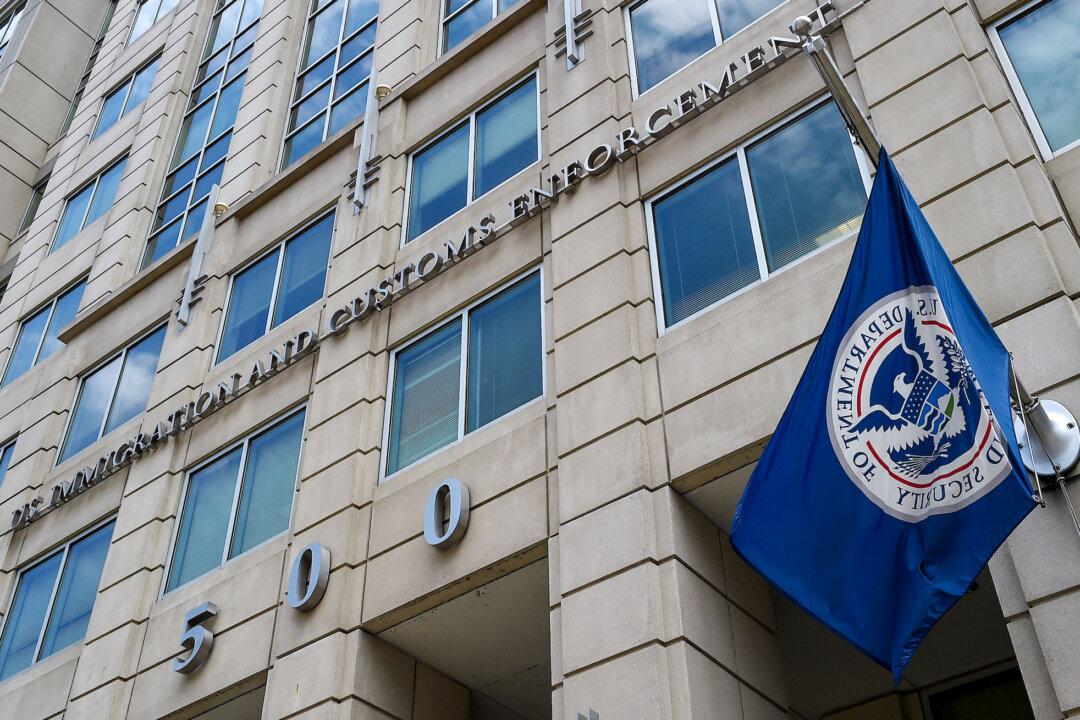Producer prices rose in the 12 months through October at 8.6 percent, matching the prior month’s rate—the highest since 2008—and reinforcing broader concerns about inflation as higher production costs tend to trickle down to consumers.
The monthly rate represented a 0.1 percentage point rise over the prior month’s pace, suggesting the rate of inflation was picking up after several consecutive months of successively lower numbers.
Since producers often pass on higher input costs to consumers, the PPI data is widely seen as a leading indicator of consumer price inflation, which accounts for the bulk of overall inflation.
But that becomes less likely the longer supply chain bottlenecks persist, the ING team argued, “which means that we expect goods inflation to further increase over the coming months and to remain elevated throughout the first half of the year as pipeline pressures remain fierce.”
High inflation has emerged as a key theme in the post-pandemic economic recovery, with its persistence seeming to come as a surprise to Fed officials, who initially dismissed it as a “transitory” phenomenon but have increasingly started to acknowledge it as a stubborn threat.
The Biden administration, which blames rising prices on pandemic-related supply chain bottlenecks, has faced sharp criticism from Republicans for the inflationary surge.
While prior months saw shocking price surges in areas like lumber, bacon, and used cars, now price pressures have been seeping into other categories.
“Inflation is broadening out, with the necessities of food and shelter together accounting for more than half of the increase in September,” Bankrate Chief Financial Analyst Greg McBride told The Epoch Times in an emailed statement.
“Consumers are feeling it in the pocketbook at the grocery store and tenants in many parts of the country could get sticker shock at their next lease renewal,” he added.
McBride added that inflation concerns were weighing on consumer confidence, while predicting that supply chain bottlenecks “will be with us well into 2022, and with that, upward pressure on prices.”





